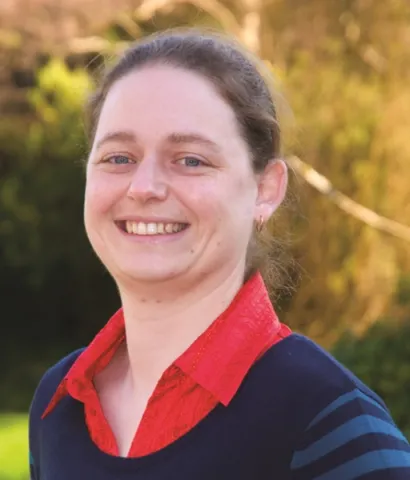Project overview
Dune fields are synonymous with desert regions and the dunes within them are constantly moved and shaped by the wind, creating beautiful patterns through intricate feedback relationships between process and form. Our understanding of small-scale airflow and transport, along with large-scale links between overall dune field patterns and different climate drivers has improved over recent years, but questions that puzzled Bagnold as to how these elements actually form, grow and migrate are still unanswered. Knowledge of these process-shape feedbacks is fundamental to understanding how aeolian and dryland systems respond to climate change. Previous experiments have analysed airflow and sand transport using single or sparsely distributed point-based measurements, but high resolution spatial and temporal measurements of simultaneous surface and airflow modifications are missing. Using a novel methodological approach and applying state-of-the-art equipment (terrestrial laser scanning) we will, for the first time, address this gap by directly linking shape change on dune surfaces to aeolian sand transport and wind process dynamics. By increasing our understanding of the way in which dune surfaces change, we can improve our ability to predict and manage dune migration in dryland environments and apply this knowledge in understanding the potential for re-activation of vegetated and 'relict' dune systems in response to climatic variation.
Staff
Lead researchers
Research outputs
Joanna M. Nield, Matthew C. Baddock, Giles F.S. Wiggs, Jim Best, Kenneth T. Christensen, Pauline Delorme, Andrew Valdez, Nathaniel R. Bristow, Martin H.T. Hipondoka, Daniel P. Goss, Natasha S. Wallum & Philippe Claudin,
2025, Journal of Geophysical Research: Earth Surface, 130(10)
DOI: 10.1029/2025JF008616
Type: article
Joanna M. Nield, Giles F.S. Wiggs, Matthew C. Baddock & Martin H.T. Hipondoka,
2017, Geology, 45(3), 271-274
DOI: 10.1130/G38800.1
Type: article
